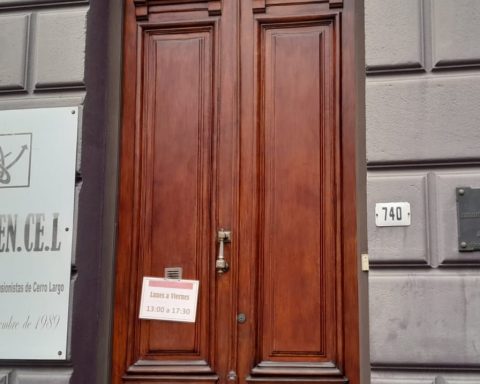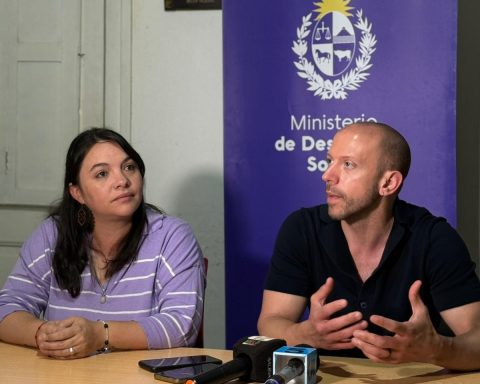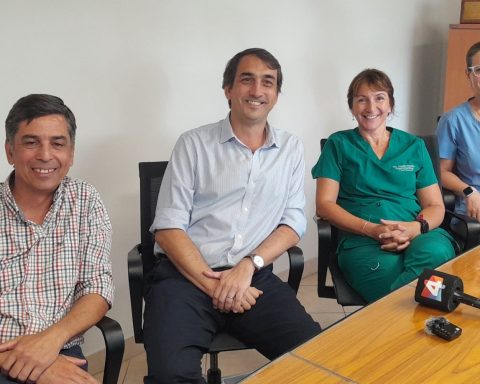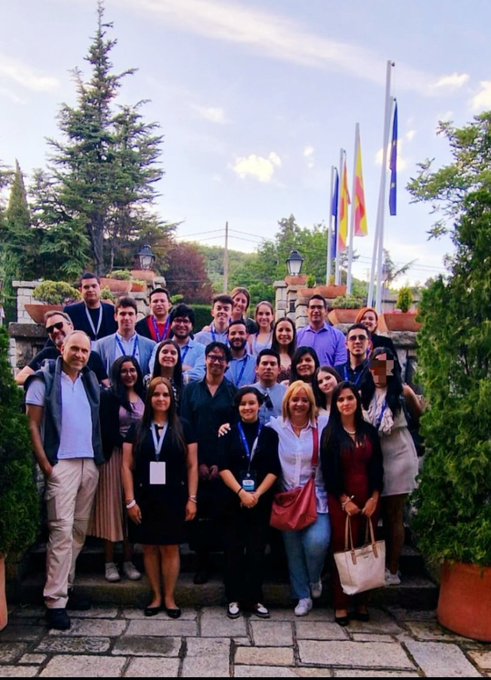57% of Uruguay’s net greenhouse gas emissions come from the agricultural sector; and the gas that the country emits the most is methane, of which 93% comes from that same sector. These were some of the conclusions presented by the Livestock and Climate project, which was promoted by the Ministry of Environment, Livestock and FAO.
The results were presented at the Sustainable Uruguay Expo by the Ministers of Environment and Livestock, Adrián Peña and Fernando Mattos, together with Sebastián Viroga from FAO. It was pointed out that when it comes to making its contribution to the joint international effort to mitigate Climate Change, livestock is a key sector to act from Uruguay.
Work is being done directly on 35,000 hectares of 60 small and medium-sized cattle farms, and an indirect impact is being sought on 400,000 hectares. The results of the work show that the family’s net income from the project’s properties increased by almost 20%. 56% of the farms improved this indicator. The increase in the production of beef and sheep, and the reduction of costs were the basis of the improvement.
The project is based on the hypothesis that, by improving the management practices of the production processes and without increasing costs, the production indicators and the economic result of the farms improve. Beef production increased by an average of 10% in the 2020-21 financial year. In sheep meat production, an average increase of 15% was observed. An increase in production efficiency was also achieved, reflected in the indicators of kg of lamb weaned per slaughtered sheep and kg of meat produced per sheep livestock unit (UG), which increased by an average of 18 and 46%, respectively.
Greenhouse gas emissions decreased both per ha (almost 5%) and per kg of meat produced (16%), and almost 60% of farms reduced their emissions, mainly due to decreases in nitrous oxide (N2O) emissions. ) and methane (CH4) from cattle. Commenting on the study, the Minister of the Environment, Adrián Peña, said that “we are making a lot of effort to put Uruguay in the international arena and to make it what it is: a serious producer, a sustainable producer and one that is willing to measure based on science and demonstrate how it produces”. For his part, the Minister of Livestock, Agriculture and Fisheries, Fernando Mattos, affirmed that, although Uruguay has a productive destiny, it also has the responsibility of taking care of the resources since it will not have a future if it does not do so. The Secretary of State added that “this whole aspect of the environment is much more on the table in our day to day, in our own decisions, […] and we are trying to convey to those who come after us, the importance of preserving the fauna, the flora, the watercourses, the air, the soil, which for those of us who are involved in the production of the land is an asset of enormous value and the great heritage that productive Uruguay has”.


















